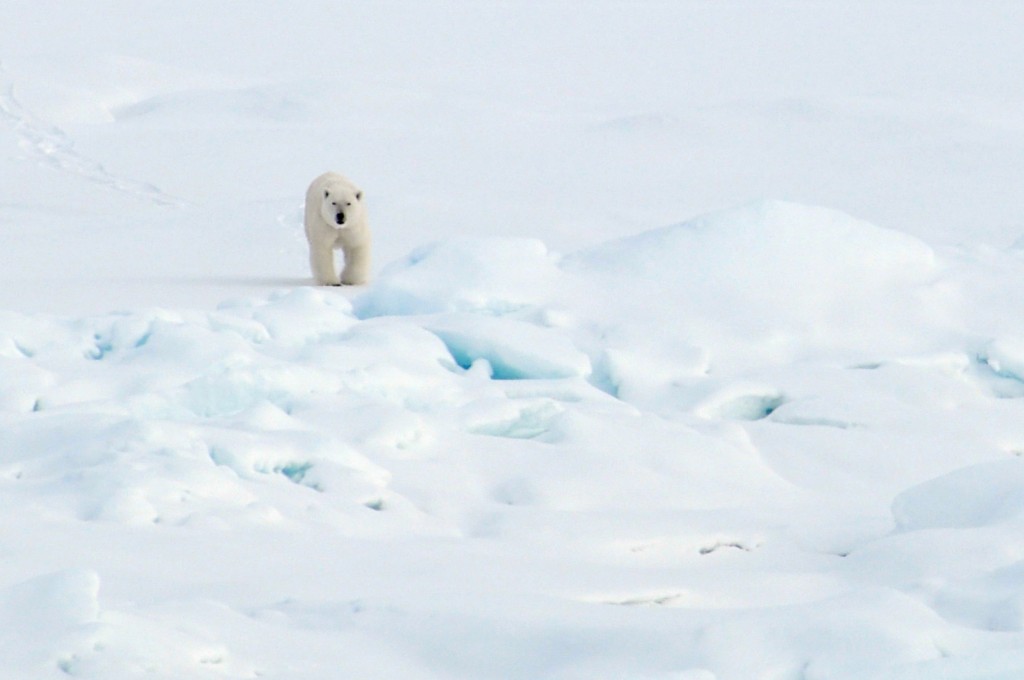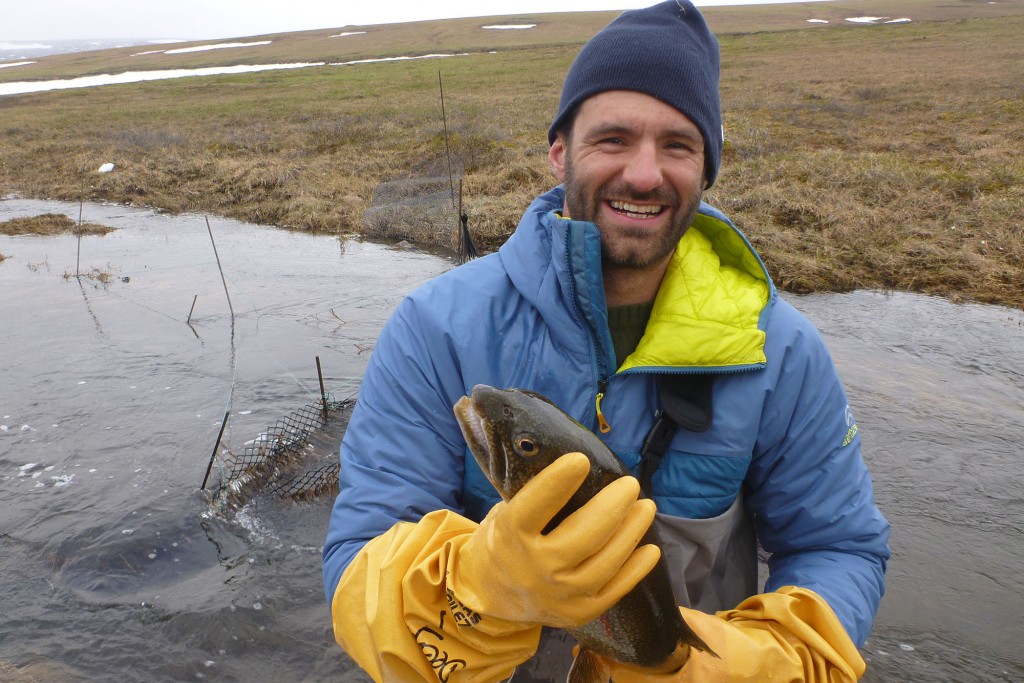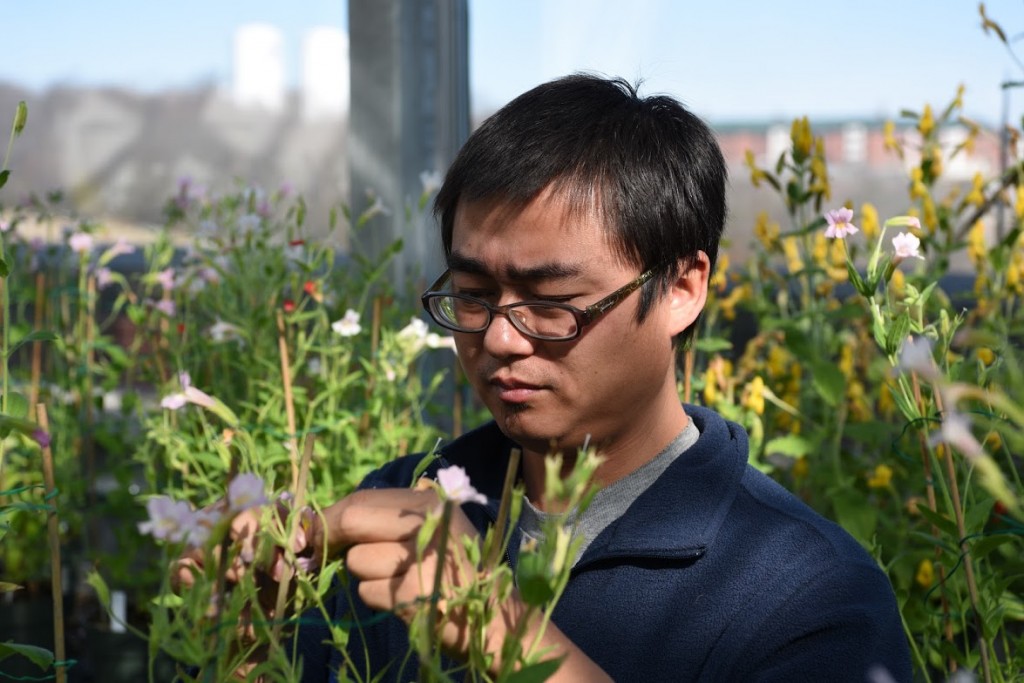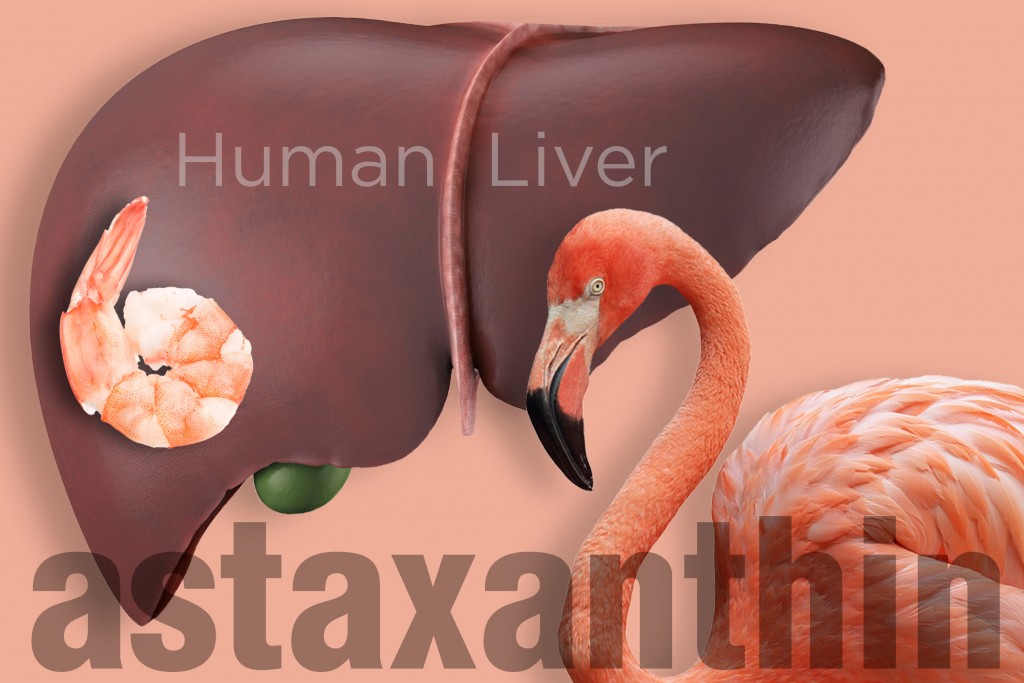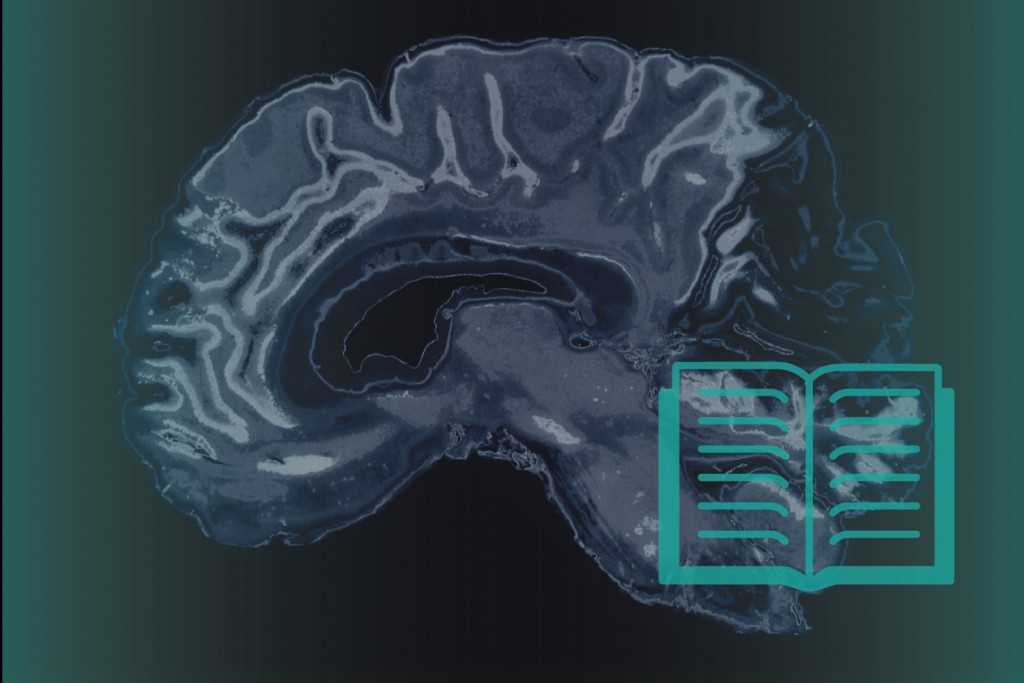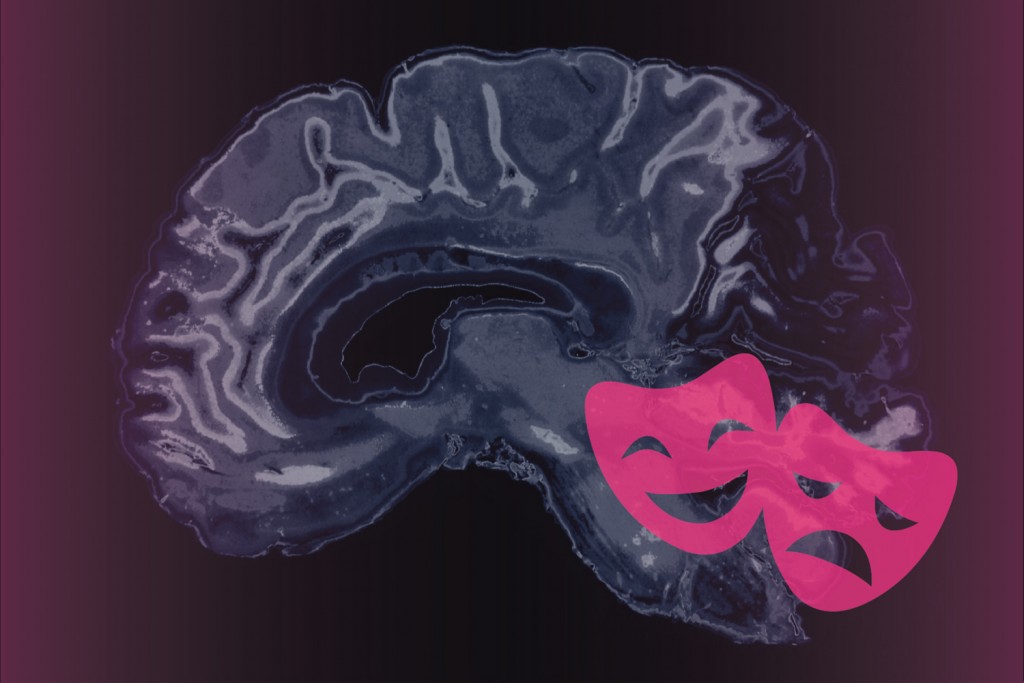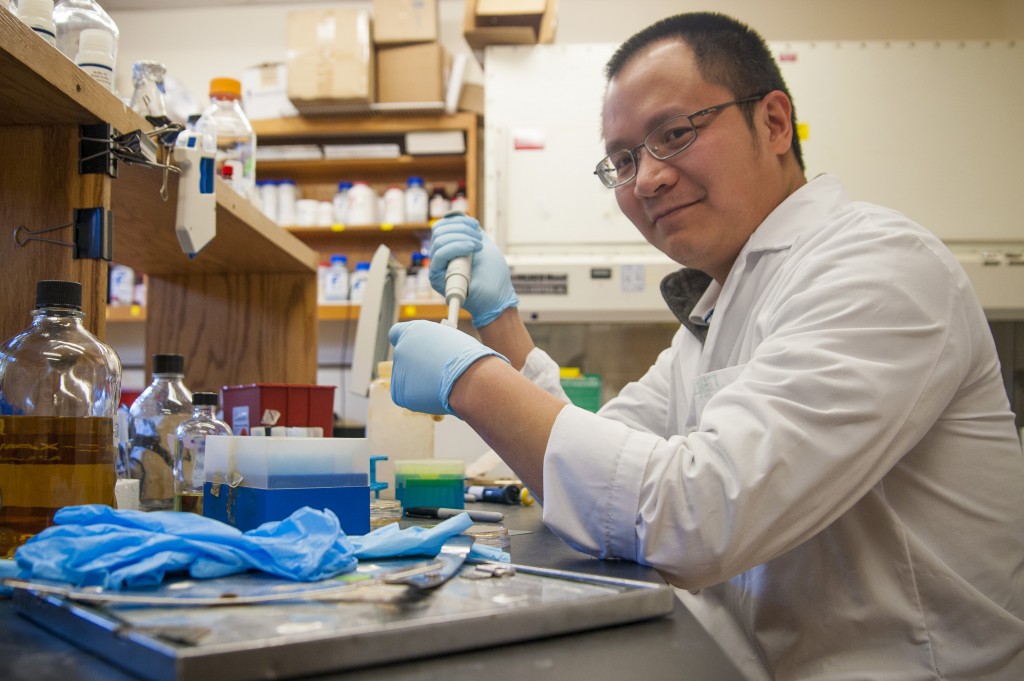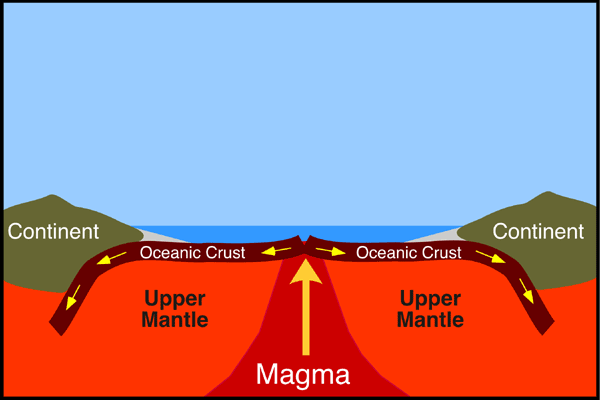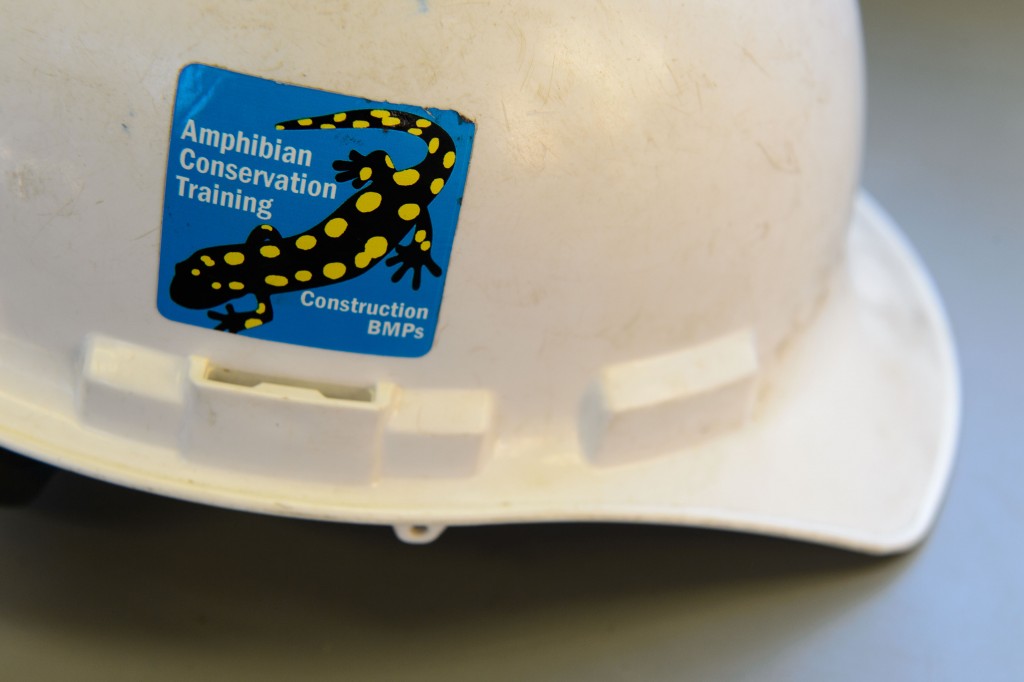Sheila Foran
Author Archive
Going, Going, Gone: Toxic Change
A UConn researcher is studying how global warming has changed the diet of Arctic marine mammals, and the impact of pollution at the top of the food chain.
March 7, 2016 | Sheila Foran
Going, Going, Gone: A Fish Tale
Mark Urban's research on a key species of fish in the Arctic is a wake-up call that environmental policies need to change.
February 29, 2016 | Sheila Foran, and Angelina Reyes
How Monkey Flowers Attract Both Birds and Bees
UConn researchers have identified a gene that's responsible for the colors and patterns attracting different pollinators to different species.
February 24, 2016 | Sheila Foran
Full-Time Student Meets Full-Time Employee
Brian Kelleher '17 (SFA) successfully combines dual roles as a student and a web developer for University Communications.
February 22, 2016 | Sheila Foran
Colorful Pigment Plays Role in Combating Liver Disease
A pigment that gives shrimp and flamingoes their color may help control and prevent non-alcoholic fatty liver disease.
February 17, 2016 | Sheila Foran
How the Human Brain Reads – In Any Language
UConn researchers find that what happens inside the human brain when reading is the same, no matter what the language or script.
February 11, 2016 | Sheila Foran
Brain-Imaging Technology Reveals Hidden Emotions
UConn's new fMRI scanner shows that areas of the brain literally ‘light up’ when people respond to emotional cues.
February 4, 2016 | Sheila Foran
Antibiotic-Resistant Bacteria May Have Met Their Match
UConn researchers have identified a sentinel protein that helps explain why some antibiotics don’t work.
February 2, 2016 | Sheila Foran
Activity on Seafloor Linked to Icy Ebb and Flow on Surface
Hydrothermal activity along mid-ocean ridges helps explain why ice ages come and go, according to a UConn marine scientist.
January 28, 2016 | Sheila Foran
UConn Creates a Safe Path for Salamanders to Cross the Road
UConn environmental engineers, planners, and ecologists have made provisions for more than just vehicular traffic during construction of the North Hillside Road extension.
December 21, 2015 | Sheila Foran
